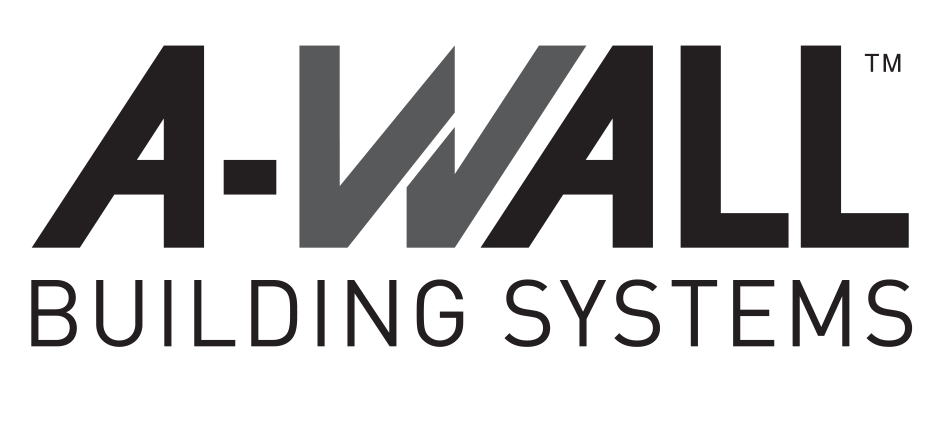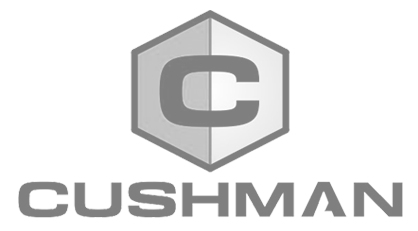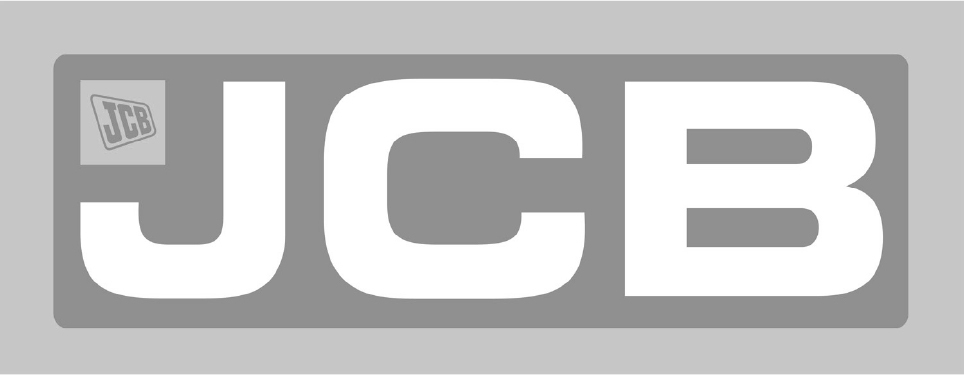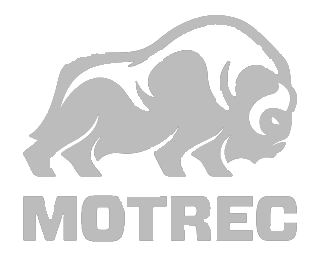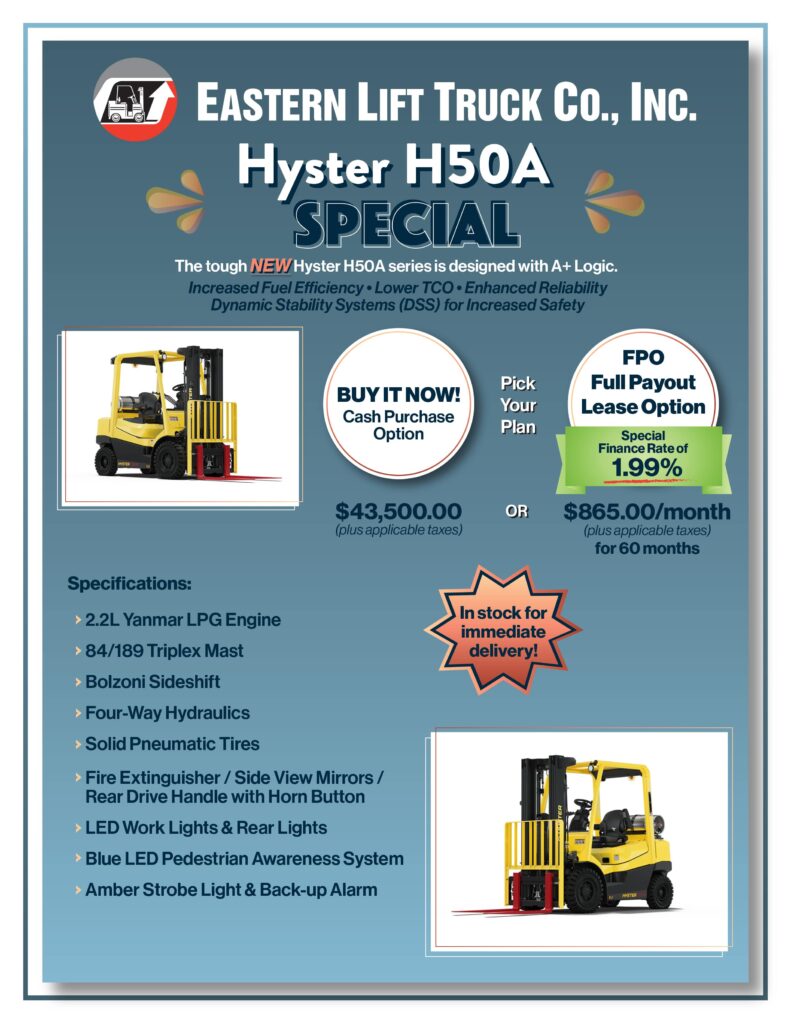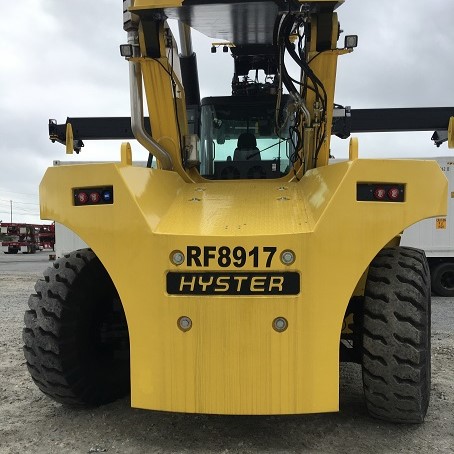
Choosing the right tire option for your lift truck depends on your application. The most common tire types are pneumatic, typically for outdoor operations and cushion for indoor use. But it’s not always that black and white.
Forklift Tire Types
Solid Pneumatic
To the uninitiated, the term ‘solid pneumatic’ sounds like an oxymoron. These pneumatic-shaped tires are similar to their air-filled counterparts but have a solid core instead of an inner tube. These tires don’t always provide the best shock absorption, but they don’t go flat, when the forklift operator drives over sharp objects, such as screws or nails.
Air Pneumatic
Mostly used outside where the terrain may be uneven. They can handle some loose gravel, and when installed on rough terrain forklifts, can even traverse tougher conditions. Air pneumatics squat a bit more than solid pneumatics, to provide better grip and reduce tire spin out. If flats become an issue, these tires can be foam-filled.
Cushion
These tires are comprised of solid rubber and come in either smooth or tread. The treaded versions are also often called traction tires. Cushion tires are installed on wheels, by using a tire press and pressing ring.
Non-marking (NM)
Both cushion and pneumatic tires are available as non-marking tires for customers, often retail operations, who are concerned about black tire marks on their floor. To achieve non-marking status, silica is removed during the manufacturing process. These tires are often softer and tend to wear faster than regular tires.
Load Wheels
Load wheels are found on warehouse forklifts, including Class II and III equipment such as reach trucks, order pickers, stackers, and pallet trucks. These polyurethane wheels are defined by their hardness, aka durometer. The harder the wheel the less heat it will generates, and the less heat generated the longer the life of the load wheel. Softer, lower durometer wheels may be needed on forklifts that require better traction. Forklifts operated on wet floors, often use siped, aka grooved load wheels, to get the best possible traction. As with all tires, running over cracks in the floor or debris, reduces overall tire life.
It is important to monitor forklift tires and load wheels for issues. Aside from providing stability and cushioning, forklift tires are integral in safe braking, and reducing the risk of injury to operators and product. A general rule is when tire wear reaches 50%, it is time to have them replaced. Many tires have ‘wear line’ just above the tire size to aid in knowing when it is time to replace them. Other cautionary indicators are tires with smooth or flat spots where they normally have tread. If pieces of your tire are falling off, chunking, tearing, or cracking, they should be replaced.
Just like automotive tires, forklift tires should be replaced in sets. The replacement cycles for front and back tires may differ but never mismatch tire types. Replacing the front tires at the same time and replacing the back tires at the same time helps ensure a stable and safe operation.
Ask about Eastern Lift Truck Co.’s (ELTC) Mobile Tire Press service for convenient inspection and installation at your location.
Contact Eastern Lift Truck
If you have any questions about what forklift and tire options work best for your operations, please contact your local ELTC Customer Service Representative. We are always happy to assist.








